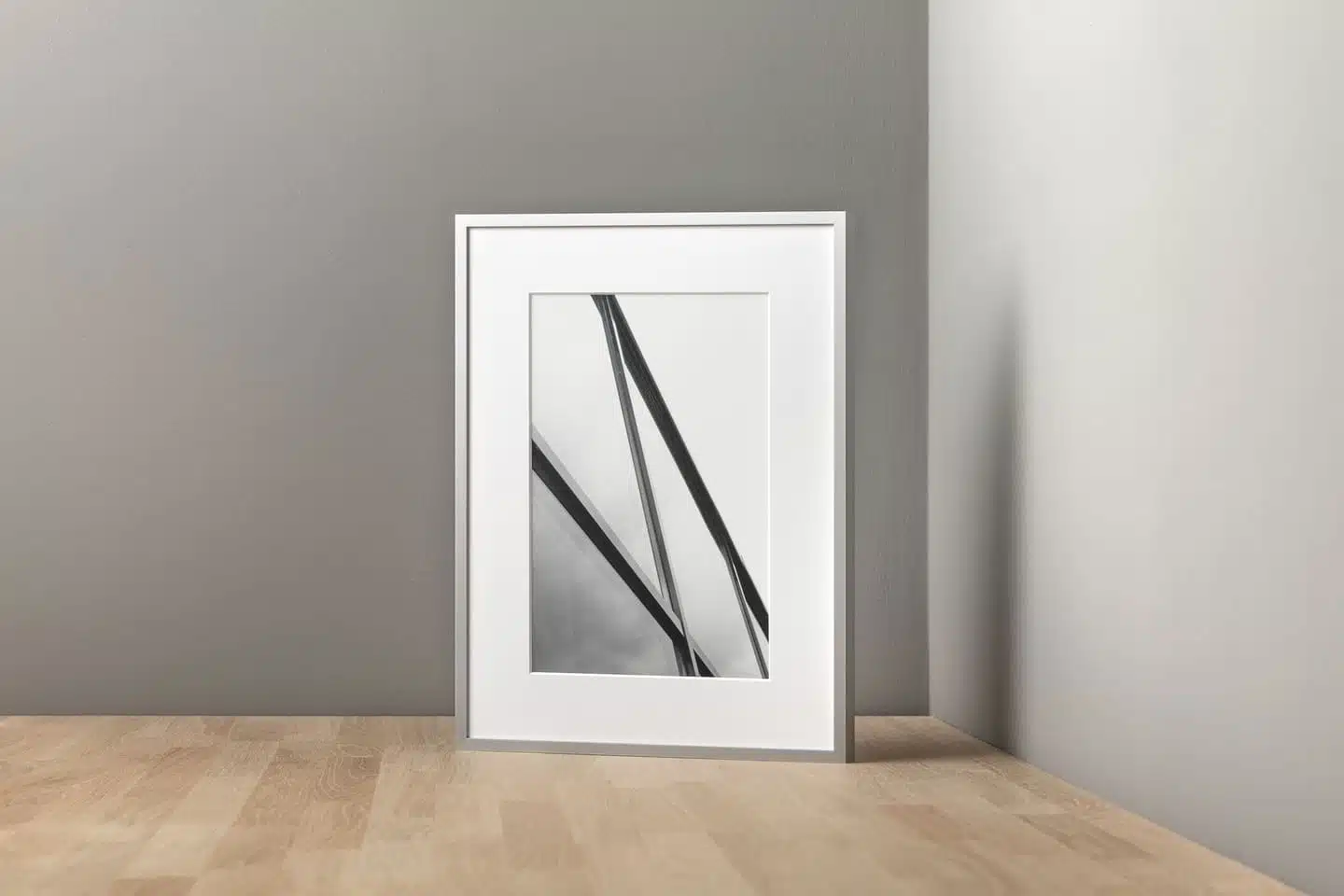What we do for it
The topic of sustainability has been on everyone's lips for many years. It has the potential to steer our thoughts and actions in the right direction, which is why at HALBE the term is not only synonymous with paperless working, but also means our contribution to climate neutrality. Especially in the current time we have to deal with a worldwide climate crisis, wars, resulting conflicts and supply bottlenecks. All this makes the economical use of resources inevitable and makes us rethink. A task for our generation.
How HALBE got to sustainability
Since we started with picture frames, our focus has not only been on easy and convenient framing, but also on stability, high quality, product longevity, timeless design as well as regional suppliers and waste optimization. Today, this philosophy, which we have followed for over 75 years, is called sustainable product design.
The longevity of our products is linked to their stable construction. It starts with the sturdy base element made of a welded steel angle composite with glued-in rigid foam board, is supported by the profile frames and sides connected by steel angles, and ends with a sturdy, 3 mm thick glass. As long as the picture frame does not fall down, it will last for decades. The magnetic force will also remain intact. If something does break, all parts of the frame are available individually as spare parts and are still compatible with frames from the very beginning. The packaging is resealable and reusable and is ideal for storage between exhibitions.

Sustainable aluminum
Our strongest measure, which saves many hundreds of tons of CO2 per year: sustainable aluminum profiles. For this purpose, since this year, we use both primary aluminum and recycled aluminum. The primary material Hydro REDUXA® has a carbon footprint of max. 4 tons of CO2 per ton of aluminum, thanks to the use of renewable energy sources such as hydropower. The NEWTRAL® brand recycled material from Erbslöh Aluminium even has a footprint of only 2.7 tons of CO2 emissions per ton of aluminum due to the use of pre-consumer material and green electricity (from hydropower, among other sources). Overall, this represents a savings of 12.7 tons and 14 tons, respectively, compared to the global average of 16.7 tons of CO2 emissions per ton of aluminum. Since aluminum can be recycled as often as required, all production waste is returned to the materials cycle to be used to make new material.

Production in Germany
We deliberately produce in Germany, so no frames or individual parts are transported halfway around the world. In addition, we ensure in this way that our frames are manufactured under the highest German social and environmental standards. Ideally, our picture frames should be reused for a long time. If you no longer need the frame yourself, you can give or sell it on. And if a frame does need to be disposed of, the glass, overframe and back panel should be separated and sorted. Because aluminum, steel and glass can be recycled very well. Every day, we work with our partners and suppliers to achieve climate-neutral production and products. This also includes the continuous modernization of technology. There is still a lot to do. Let's just get on with it. In order to generate our electricity in-house, we decided some time ago to install a photovoltaic system. With it, we generate 40 % of our electricity consumption. And in the future, we would like to expand this share to 100%. At the same time, we are working on various concepts to reduce our electricity consumption. For example, we have switched all fluorescent lamps to LED and modernized our compressor system. We use heat recovery and are upgrading to modern control technology.
You can read about all aspects of sustainability at HALBE on our sustainability page.